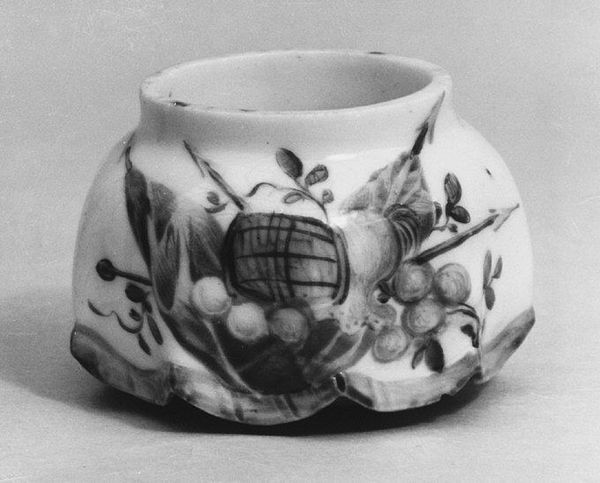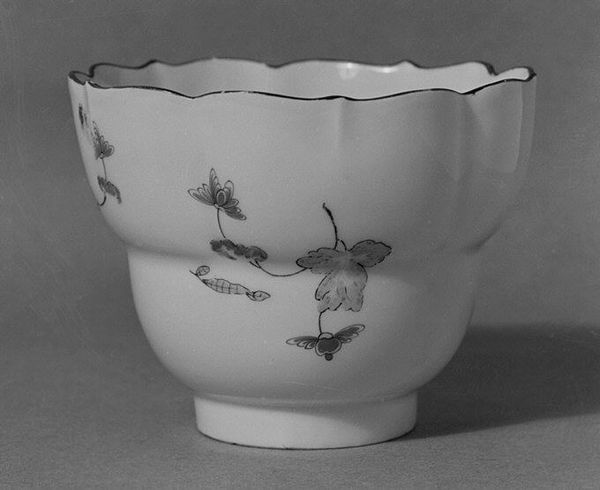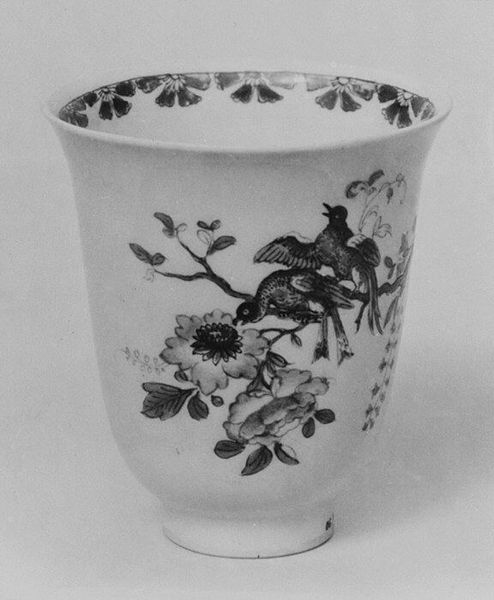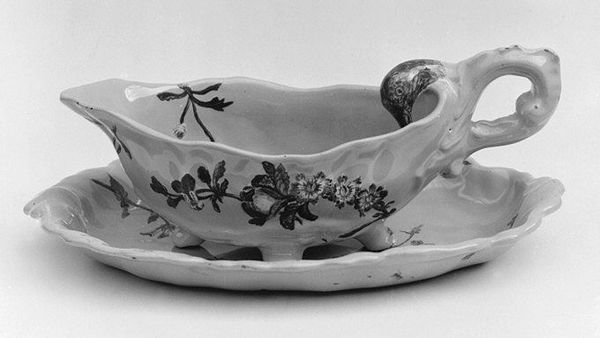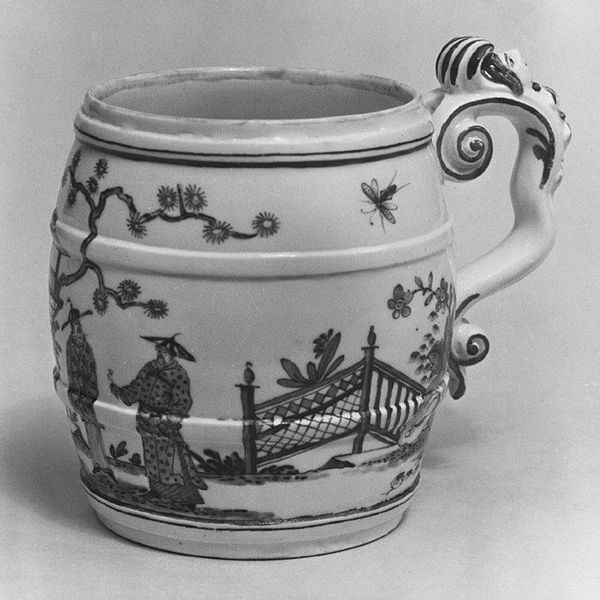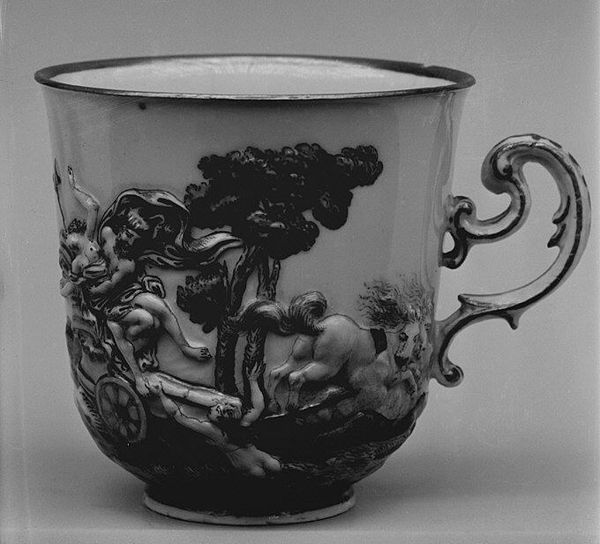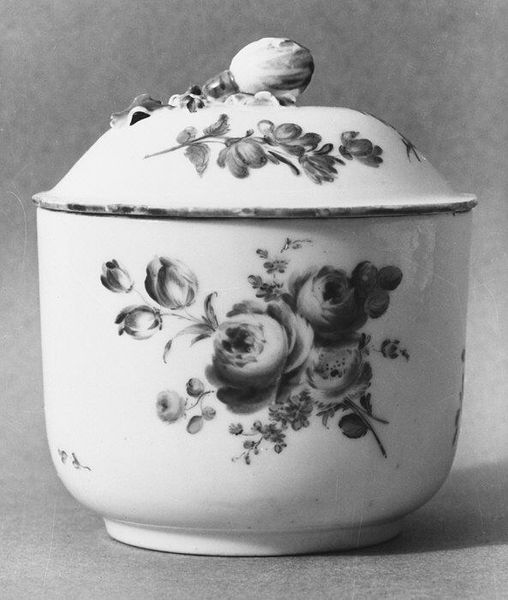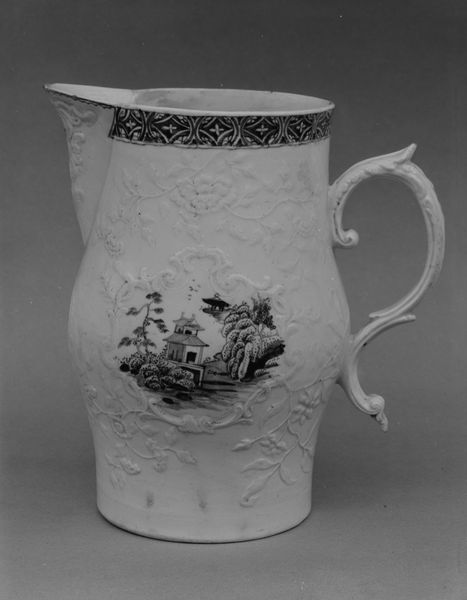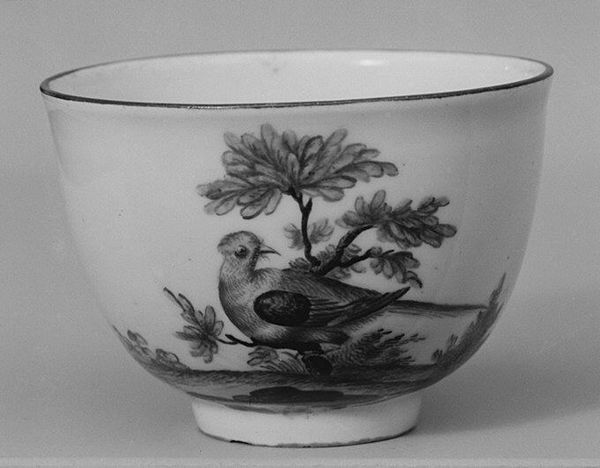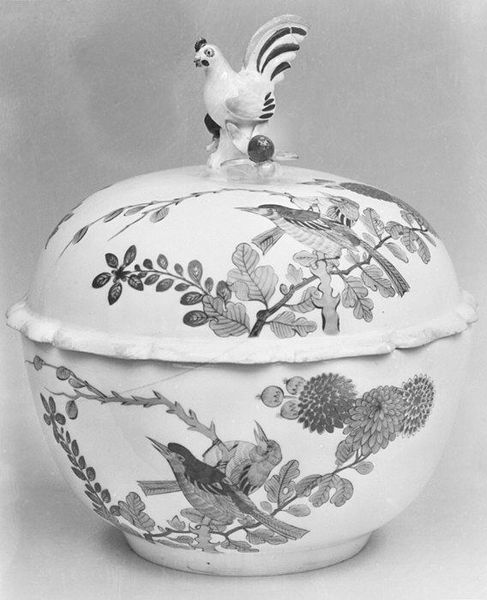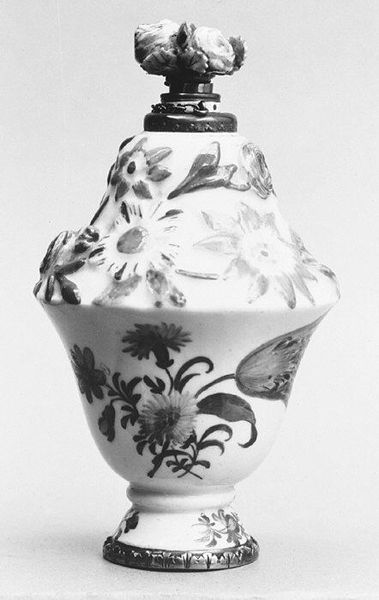
ceramic, porcelain, sculpture
#
decorative element
#
ceramic
#
porcelain
#
sculpture
#
decorative-art
#
rococo
Dimensions: Height: 1 1/2 in. (3.8 cm)
Copyright: Public Domain
Editor: Here we have a porcelain snuffbox, likely one of a pair, crafted by the Mennecy manufactory around 1760-1770. The painted decorative elements are subtle, almost whimsical. How do you interpret this work within its historical context? Curator: Well, seeing this, I am drawn to consider how something so seemingly small and decorative intersects with broader socio-political narratives of the 18th century. The Rococo style is inherently tied to the aristocracy, to elaborate displays of wealth, and even, arguably, to the kind of excessive lifestyles that spurred revolutionary sentiment. Editor: So, this delicate object could reflect societal inequalities? Curator: Absolutely. While it is simply a vessel for powdered tobacco, it also serves as a material symbol of power structures. Who had access to such luxury items? Who created them, and under what conditions? We should consider class divisions, the rise of industrial capitalism and how they affected decorative art. Editor: I never thought of snuffboxes as being so… loaded. It feels far removed from any kind of protest. Curator: That is precisely the point! Rococo was very much about obscuring tensions and promoting escapism in aesthetics. Consider how this contrasts with the rise of more austere Neoclassicism later in the century and you see these object embodies shifting value systems in that pivotal epoch. Does viewing this object through the lens of political critique change your impression? Editor: It does. It encourages me to question what beauty conceals, not just celebrates. Curator: Precisely. Now imagine unpacking every artwork with this kind of lens. What an exciting challenge!
Comments
No comments
Be the first to comment and join the conversation on the ultimate creative platform.
